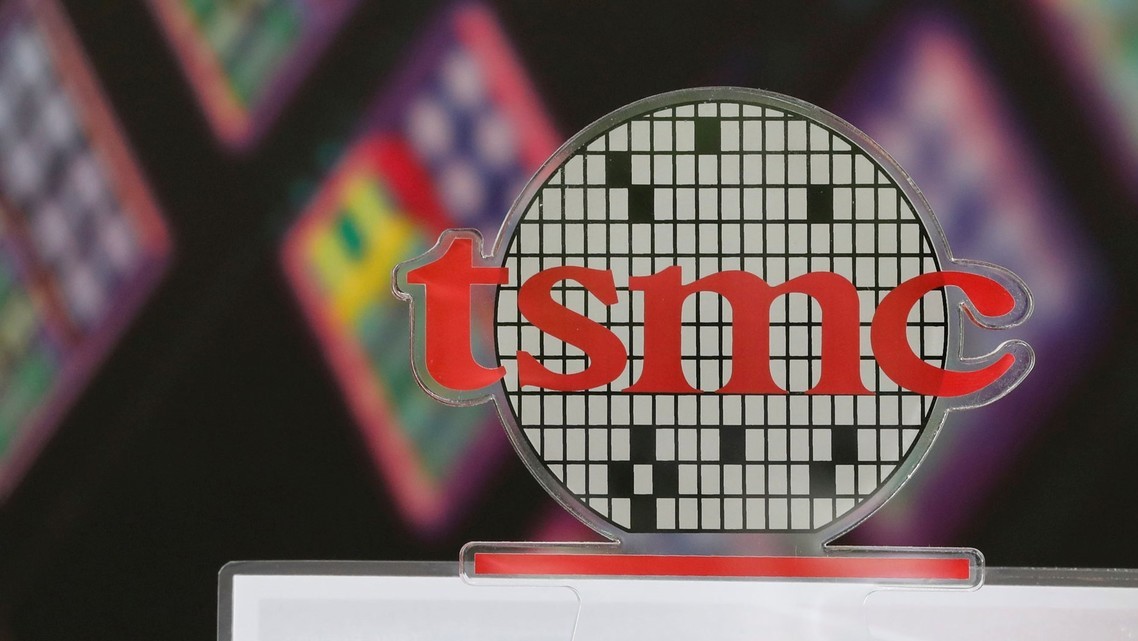Over-dependence on Asia supply chains
The Trump Administration has been steadily warning of the risks of being over-dependent on Asian supply chains for semiconductors and has been forthright in its desire to repatriate elements of vulnerable supply chains wherever possible. US Trade Representative Robert Lighthizer went so far as to declare last week in the pages of the New York Times that the “era of offshoring is over” in the US, as businesses recognize that over-extended supply chains expose them to unacceptable risk.
The TSMC facility would be, at least in appearance, a concrete step towards a more US-based high technology supply chain. But there might actually be less to the proposed plant than meets the eye. By the time it is operational in 2024, it is expected to produce semiconductors based on existing rather than next generation technologies, and it will lack capacity to produce at a game-changing scale. The 20,000 silicon wafers the Arizona plant is expected to produce each month is only one-fifth the capacity of the larger Taiwan-based fabrication facilities.


